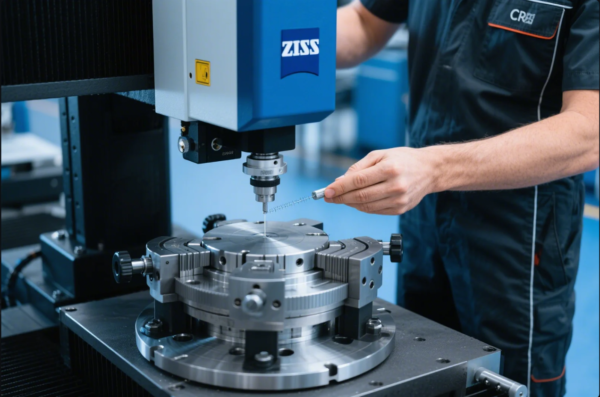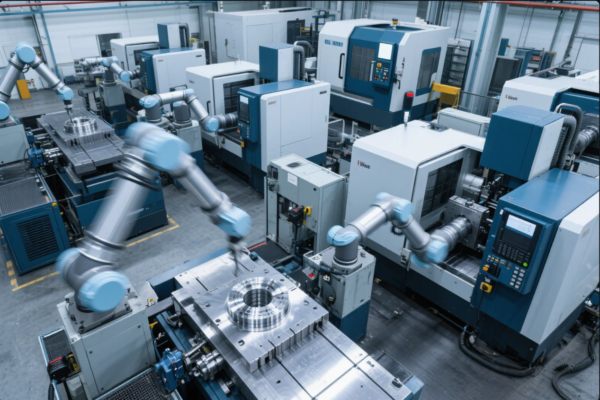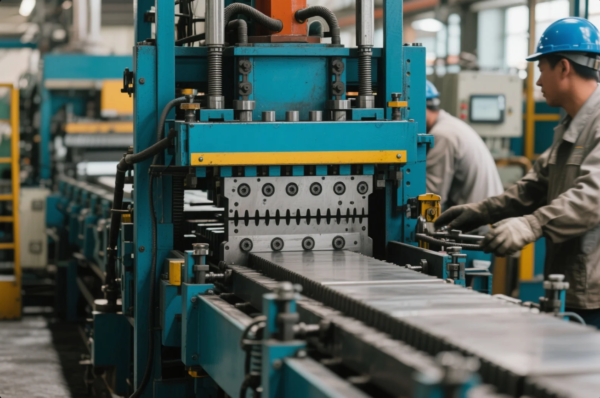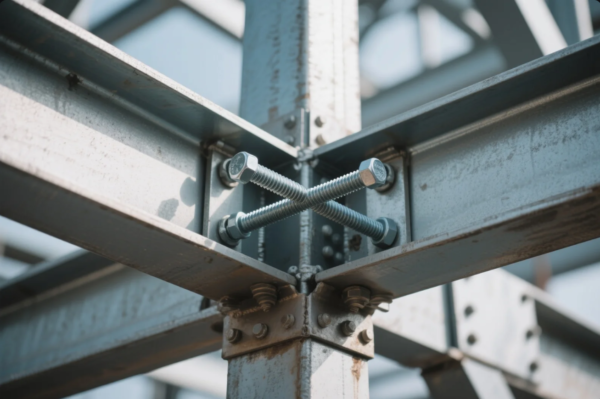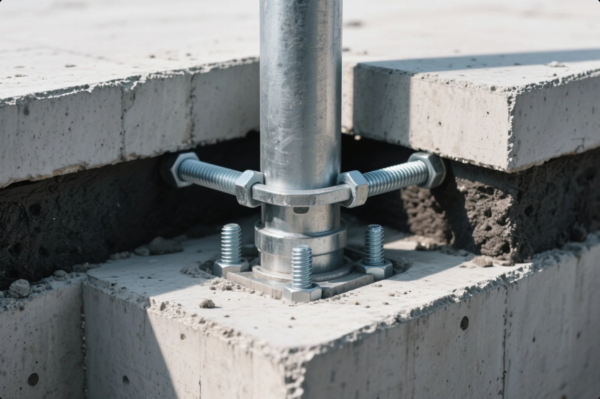Can a Wood Fire Get Hot Enough to Forge?

Forging metal typically requires high temperatures, and many people wonder if a wood fire can generate enough heat for the task. Traditional blacksmiths often used wood fires for forging, but how hot can a wood fire really get? In this article, we’ll explore how to get a fire hot enough to forge, the limitations of wood fires, and whether they’re suitable for modern blacksmithing.
Snippet paragraph: While wood fires can generate sufficient heat for forging, modern forges are more efficient, but a wood fire can still be used for small-scale blacksmithing projects.
Let’s break down how hot a wood fire can get and whether it’s feasible to forge metal with it.
How to Get a Fire Hot Enough to Forge?

Getting a fire hot enough to forge metal requires more than just any wood fire. The heat needs to be concentrated and controlled, which is why a forge or furnace is essential for modern blacksmithing. However, if you want to use a wood fire for forging, here are a few steps to ensure the fire reaches the necessary temperatures:
Steps to Get a Wood Fire Hot Enough to Forge:
- Use Hardwoods: Hardwoods, such as oak or hickory, burn hotter and longer than softwoods, which makes them ideal for forging.
- Build a Strong, Controlled Fire: A forge-style setup, where the fire is contained and fed with more wood as it burns, can help concentrate the heat. This allows for higher temperatures and a more controlled flame.
- Add a Blast of Air: Introducing air flow into the fire, either with a bellows or blower, increases the temperature. Oxygen is needed to fuel the fire, so adding air accelerates combustion and raises the heat.
While you can create a sufficiently hot fire with wood, achieving the necessary temperatures to forge steel may require more work compared to modern gas or coal forges.
How Hot Can a Normal Wood Fire Get?
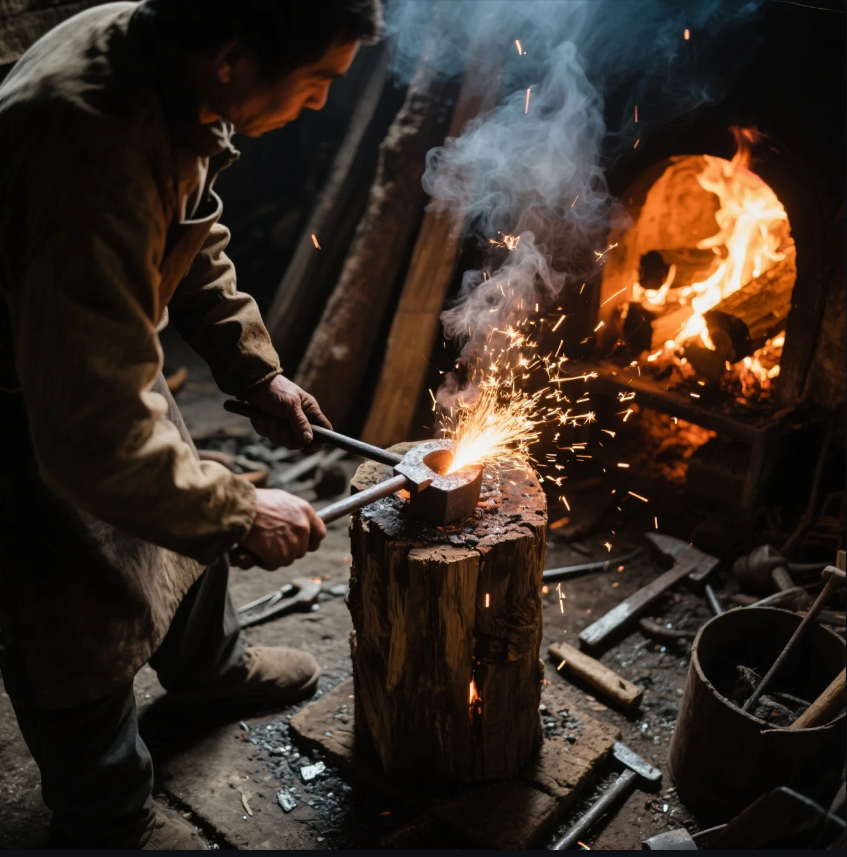
A normal wood fire can reach temperatures of around 1,100°F to 1,500°F (600°C to 815°C), depending on the type of wood and the efficiency of the fire. While this is hot enough to forge many materials, it is still lower than the 2,500°F (1,370°C) required to melt steel.
Key Temperatures of a Wood Fire:
- Normal Wood Fire: Generally burns between 1,100°F to 1,500°F (600°C to 815°C).
- Wood Fire with Air Blast: By using a bellows or forced air, a wood fire can potentially reach temperatures closer to 2,000°F (1,093°C), which is suitable for forging steel.
The temperature of a wood fire can vary based on the type of wood, the setup of the fire, and the airflow introduced. While a basic wood fire may not reach the necessary temperatures to melt steel, it can still be sufficient for forging small projects or lower-carbon metals.
How Hot Does a Fire Need to Be to Forge Steel?

To forge steel, the fire needs to be hot enough to make the steel malleable without melting it. Steel is typically forged at temperatures between 1,300°F and 2,200°F (700°C to 1,200°C), depending on the type of steel and the specific forging process.
Steel Forging Temperature:
- Carbon Steel: Typically forged at around 1,500°F (815°C).
- High-carbon Steel: Requires slightly higher temperatures, usually up to 2,200°F (1,200°C).
A wood fire, when well-controlled and aided by air flow, can reach temperatures within this range, making it suitable for forging steel. However, a standard wood fire might struggle to reach the higher end of the temperature range, especially without external help like bellows or a forced-air setup.
Can You Forge with a Wood Fire?
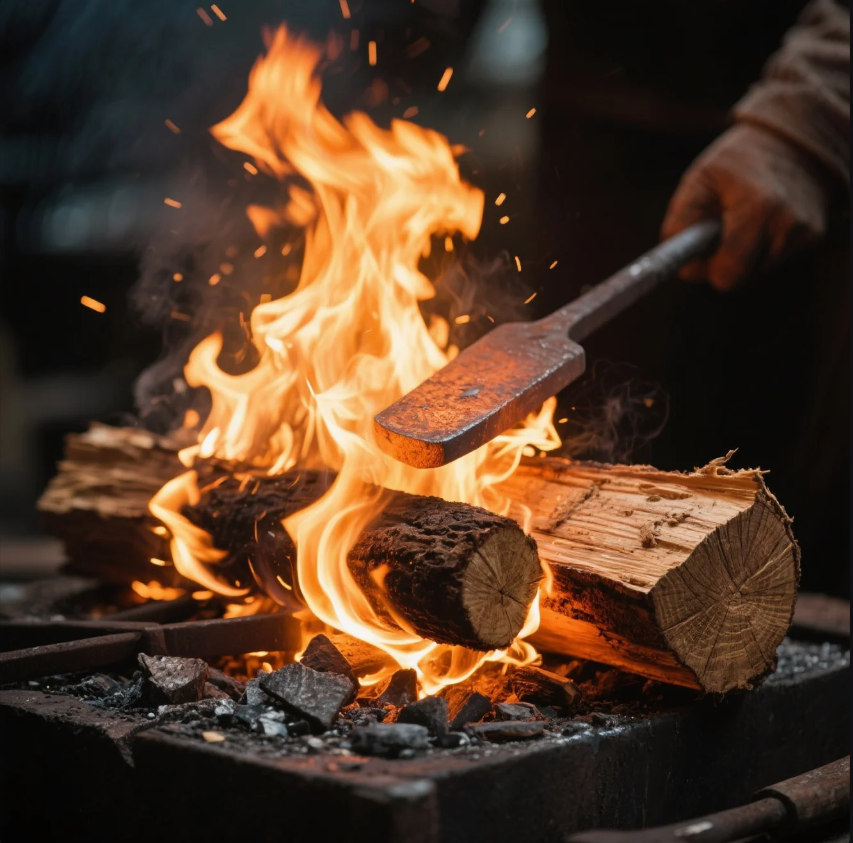
Yes, you can forge with a wood fire, especially for small-scale projects or non-ferrous metals. Traditional blacksmiths used wood fires for centuries before the advent of coal and modern forges. With the right setup, a wood fire can provide enough heat to forge steel, although modern forges tend to be more efficient and capable of reaching higher temperatures with less effort.
Advantages of Forging with a Wood Fire:
- Traditional Method: Using a wood fire provides a more historical and traditional approach to blacksmithing.
- Cost-Effective: If you have access to wood, a wood fire can be a cost-effective way to forge at home without needing to invest in more specialized equipment.
- Ideal for Small Projects: Wood fires are often suitable for smaller, simpler projects, such as creating basic tools, knives, or decorative metalwork.
However, modern blacksmiths typically prefer gas or coal forges, as they provide more consistent and higher heat levels with less maintenance.
Conclusion
While a wood fire may not be as efficient or capable of reaching the extreme temperatures of modern forges, it is still possible to forge with wood as a heat source. By using the right type of wood, creating a controlled fire, and introducing airflow, you can generate enough heat to forge steel for smaller projects. If you’re interested in trying your hand at blacksmithing with a wood fire, it’s a great way to experience traditional metalworking. For more advanced or larger projects, however, modern forges may be a better option. At Prime, we offer expert forging services and high-quality forged parts for all your needs. Contact us today for a consultation or custom quote.

